Breadcrumb
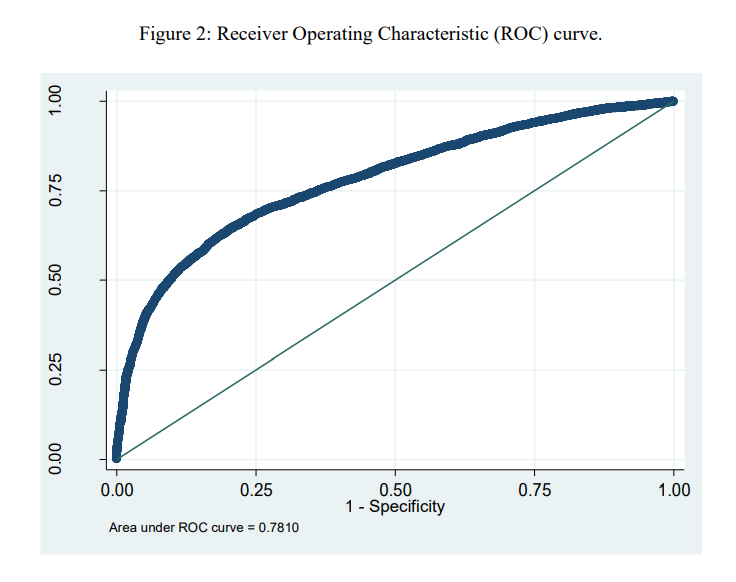
An analysis of the financial inclusion in South Africa considering race, education and income
The paper examines the issue of financial inclusion in South Africa by analysing the likelihood of ownership of a bank account of an adult individual by race, education and income. Although racial segregation in South Africa was ended on May 10th, 1994, there is still considerable evidence that self-employed and entrepreneurs' successes are related to their ethnic groups. The paper examines how likely it is that higher education, after controlling for income, increase awareness of financial planning and therefore bank accounts ownership. Education is found to be a significant factor that
Study of fractional flux-controlled memristor emulator connections
In this paper, the series and parallel connections of the fractional flux-controlled memristors are studied. Asymmetric I-V hysteresis with high I-V nonlinearity can be obtained from single fractional memristor as reported in literature. However, connecting different memristor emulators can convert the asymmetric hysteresis to symmetric one and maintaining the high I-V nonlinearity to be used in some memristor devices. The proposed circuits have been analyzed mathematically to study the effect of changing the frequency and fractional power. Different cases have been verified on PSpice using
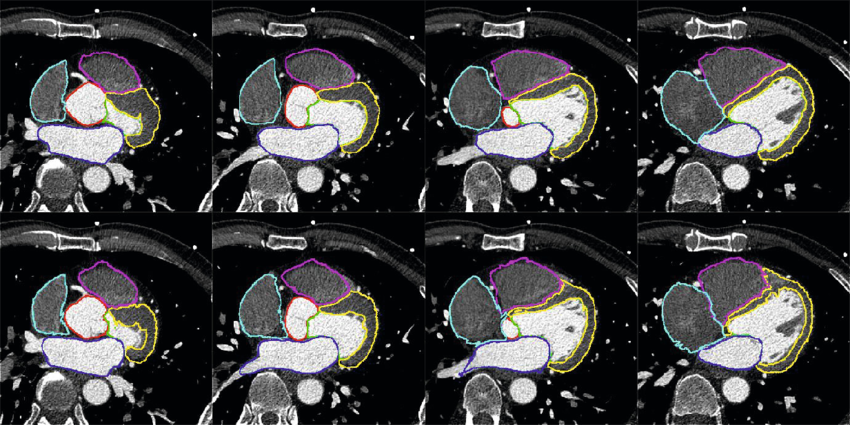
Myocardial segmentation using constrained multi-seeded region growing
Multi-slice short-axis acquisitions of the left ventricle are fundamental for estimating the volume and mass of the left ventricle in cardiac MRI scans. Manual segmentation of the myocardium in all time frames per each cross-section is a cumbersome task. Therefore, automatic myocardium segmentation methods are essential for cardiac functional analysis. Region growing has been proposed to segment the myocardium. Although the technique is simple and fast, non uniform intensity and low-contrast interfaces of the myocardium are major challenges of the technique that limit its use in myocardial
Single and multiple risk factors in the Egyptian stock market
The return-risk trade-off of the 100 stocks contained in the Egyptian EGX100 index is examined. The Egyptian stock market has an average free float of only 45%. It is estimated that 50% of trading in the free float stocks is dominated by large investors, and local and international fund managers. The market suffers from low turnovers and more recently long periods of trade suspension after the political unrest of January 25th, 2011. The study finds that a serial correlated returns model is more suitable to estimate returns for low free float stocks in Egypt. However, it is unlikely that this
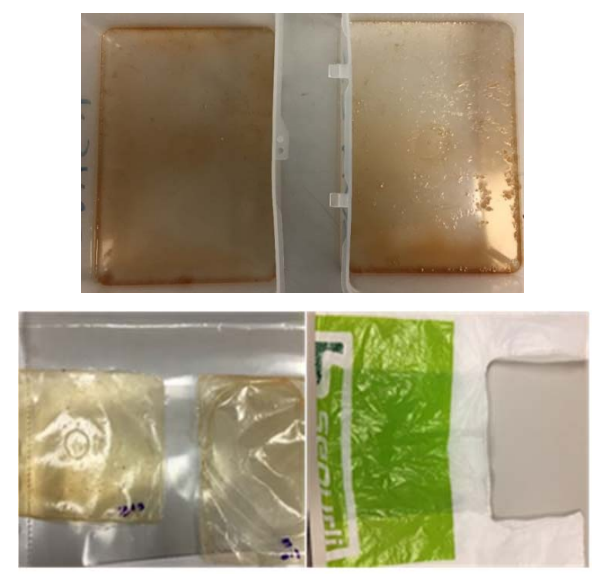
Mechanical behavior optimization of chitosan extracted from shrimp shells as a sustainable material for shopping bags
The use of biodegradable materials for shopping bag production, and other products made from plastics, has recently been an object of intense research-with the aim of reducing the environmental burdens given by conventional materials. Chitosan is a potential material because of its biocompatibility, degradability, and non-toxicity. It is a semi-natural biopolymeric material produced by the deacetylation of chitin, which is the second most abundant natural biopolymer (after cellulose). Chitin is found in the exoskeleton of insects, marine crustaceans, and the cell walls of certain fungi and
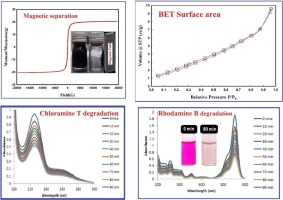
Nanostructured Mg substituted Mn-Zn ferrites: A magnetic recyclable catalyst for outstanding photocatalytic and antimicrobial potentials
With recently increasing the environmental problems and expected energy crisis, it is necessary to synthesis a low-cost, efficient, and UV-light responsive photocatalyst for contaminants’ degradation. The nanostructured spinel ferrite Mn0.5Zn0.5-xMgxFe2O4 NPs (x = 0.0, 0.125, 0.25, 0.375 and 0.50) were synthesized via the sol-gel method. The crystallite size was lied in nano regime ranging from 21.8 to 36.5 nm. The surface chemical composition of the Mn0.5Zn0.5-xMgxFe2O4 NPs was investigated via XPS analysis. Mossbauer spectra showed that the peaks were shifted to higher values of the maximum

Nanocomposite matrix conjugated with carbon nanomaterials for photocatalytic wastewater treatment
The problem of hazardous wastewater remediation is a complicated issue and a global challenge. Herein, a layered Co0.5Ni0.5Fe2O4/SiO2/TiO2 composite matrix was prepared and incorporated with three carbon nanomaterials having different dimensionalities, carbon dots (C-dots, 0D), single-walled carbon nanotubes (1D), and reduced graphene oxide (2D), in an effort to create effective photocatalytic nanocomposites for chloramine-T removal from water. Microstructural analyses confirmed the formation of nanocomposites and revealed their chemistry and structure. Elemental mapping revealed a uniform
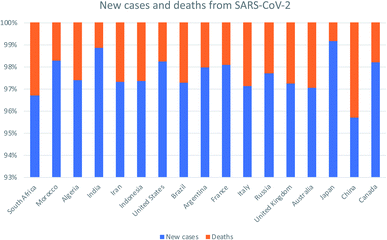
Nanomaterial-based drug delivery systems as promising carriers for patients with COVID-19
Once the World Health Organization (WHO) declared the COVID-19 outbreak to be pandemic, massive efforts have been launched by researchers around the globe to combat this emerging infectious disease. Here we review the most recent data on the novel SARS-CoV-2 pathogen. We analyzed its etiology, pathogenesis, diagnosis, prevention, and current medications. After that, we summarized the promising drug delivery application of nanomaterial-based systems. Their preparation routes, unique advantages over the traditional drug delivery routes and their toxicity though risk analysis were also covered

Sustainability of one-dimensional nanostructures: Fabrication and industrial
[No abstract available]
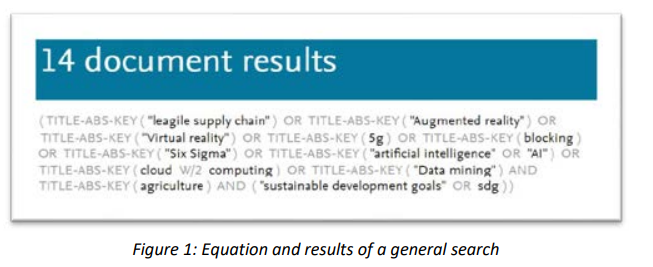
Logistics 4.0 technologies in agriculture systems: Potential impacts in the sdg
Agriculture systems in developing countries have been characterized by a low technology level. The principal reasons are the high cost of technologies and the difficulties to integrate the systems with the dynamics of the current business world. However, these kinds of systems have been gaining importance, mainly, for achieving the Sustainable Development Goals. This sector is relevant mainly in three specific goals: Zero hunger (goal 2), Clean water and sanitation (Goal 6) and Life on land (Goal 15). An alternative to advance this purpose is the implementation of Logistics 4.0 technologies
Pagination
- Page 1
- Next page ››
